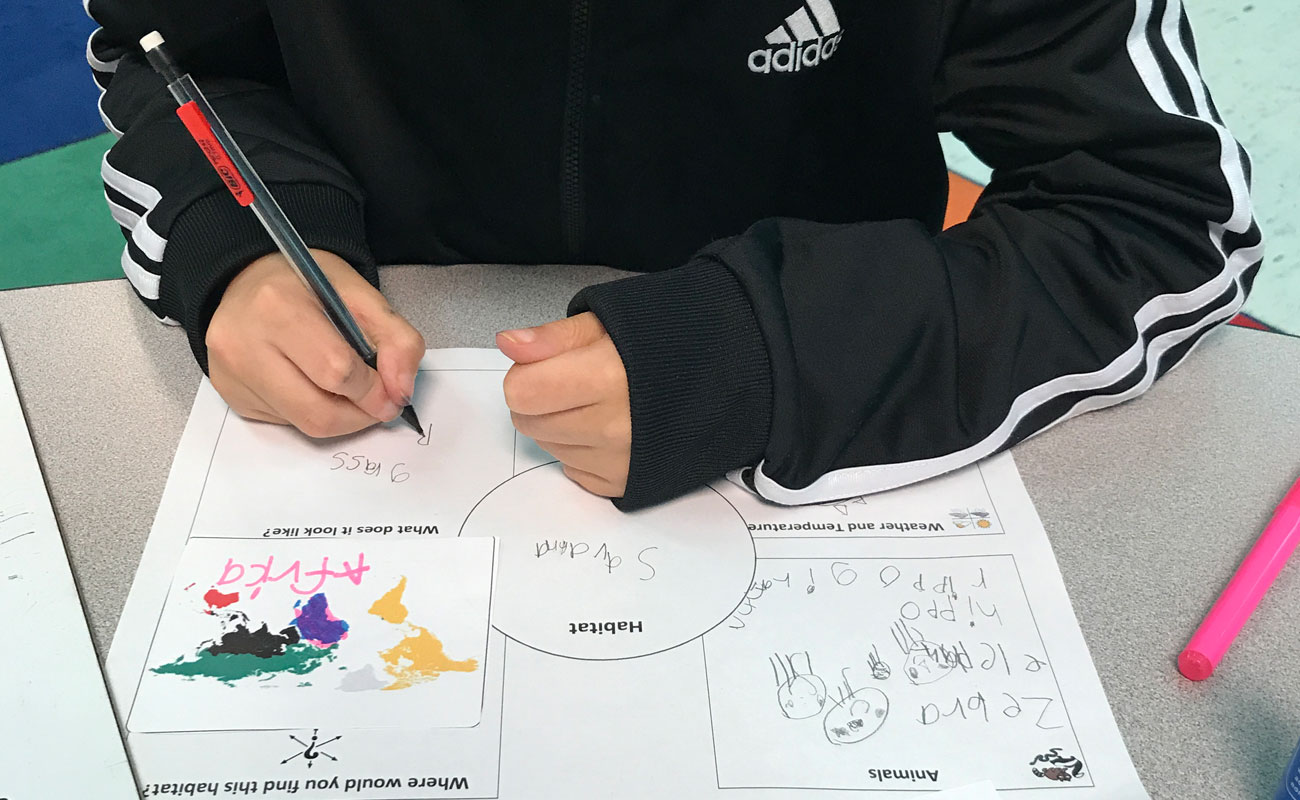
09 Jul Modifying Science Standards 101: Habitats
If you are just getting started with modifying science standards, units on habitats and animals are a great starting point. I’ve now done this unit with a range of students in preschool to 5th grade and I even did it at home! Safe to say, this is an easy way to start incorporating research and hands-on activities as a teacher and a parent.
Planning the Unit
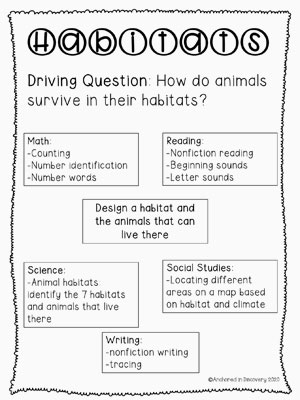
Sample planning guide based on standards and IEP goals
Before starting this unit, look at the standards and IEP goals you are looking to target. The goal of this unit is to incorporate all subject areas, not just science standards. Plan out the targets in each subject area and a timeline for completing the unit. I have a planning guide laid out, but it can be adjusted based on your needs.
The goal with these units is to correlate them to the general education standards. As peers learn about habitats and animal adaptations, students on a modified curriculum can access these standards at their level. Instead of modifying by having students do separate work or copy off peers, plan ahead so they can participate and learn in a meaningful way. Incorporate the concepts in the special education setting so that students have continued exposure to the novel science standards.
Teaching about Habitats
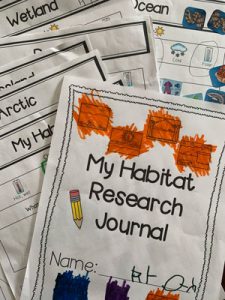
Leveled research packet

Teaching about habitats
Once you have a plan, let the learning begin! I find students respond best when you teach each habitat separately. I spend between 1 and 3 days on each habitat, depending on their interest. I let the students lead the learning through their questions and inquiries. My modified Habitats Research Guide is differentiated for writers and non-writers, so all students can complete the research component.
I use combinations of videos and books to teach about the habitats. For students working on language skills, this unit is perfect for receptive and expressive identification of animals.
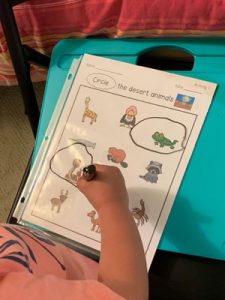
Circling animals that live in the desert
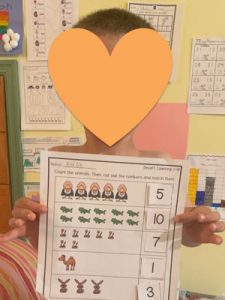
Counting desert animals
We also complete experiments and hands-on activities about each habitat as we learn about them. These are especially helpful for distance learning, home schooling, and self-contained settings. Students in the general education setting can participate in the hands-on activities their classroom teachers are doing to create meaningful inclusion opportunities.
Lastly, I incorporate habitats and animals into all subject areas to help with generalization and IEP goals. This varies by student depending on their needs, but can include matching, sorting, and themed number identification cards, beginning sounds using animals, and counting animals in each habitat.
End of Unit Project
Tell students about the unit’s end goal before students begin learning about habitats and researching. Project based learning is all about learning through projects, not learning and then doing a project. At the end of the project, students will design a habitat out of recycled materials. Students first plan out their ideas and then build. While this seems daunting as a teacher, I promise it is worth the work! With the proper modifications, all students can access and learn through these design activities.

Designing a tree
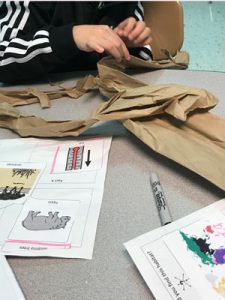
Using recycled materials to create a grassland habitat
I’ve done this in groups, as a whole class project, and individually. I make that decision based on the needs and abilities of the students. I consider adapted materials for fine motor needs, communication boards for students to request items, and I incorporate language goals as appropriate.
As a special education teacher, the best part about hands-on, exploratory learning is watching students take ownership. To increase independence as they build, plan the accommodations they will need ahead of time. This is never easy for me as a perfectionist, but it is worth it so that they have a project they completed on their own.
Presenting the Projects
Once students finish their project, it is important to incorporate a presentation. As they advance to more project based learning activities, the meaningful component of this style of learning is sharing their ideas. I typically share these projects with parents and other staff members. Below, see a short list of possible ways for students with disabilities to present projects. These presentations are usually less than a minute long.
- Record ahead of time instead of doing a live presentation.
- Treat the presentation as a question and answer to help guide their presentation (e.g. ask them a question about their habitat and have them answer it).
- For students with communication devices, make sure they have the needed vocabulary to present with their devices.
- Record the presentation on a Big Mac Switch. Students working on cause and effect can present by hitting the switch to share.
- Practice, practice, practice! The more comfortable they are, the better the presentation will be.
- Another way to present these projects is to have students write about what they made and share it with others. This form of presentation is a great way to target writing goals.
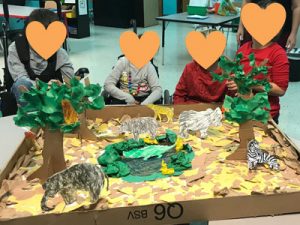
A grassland habitat designed by elementary aged students with disabilities
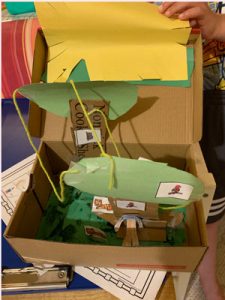
A rainforest habitat designed by a kindergarten student
The presentation is one way to measure mastery of new skills and take data on language and communication goals. I also use data sheets to track student progress on the unit’s vocabulary words.

Habitats data sheet for expressive and receptive vocabulary identification
My habitats unit is one of my favorites! It is accessible, highly motivating and an easy way for teachers to start embedding science standards into all subject areas and IEP goals to create hands-on learning experiences for students with disabilities.

